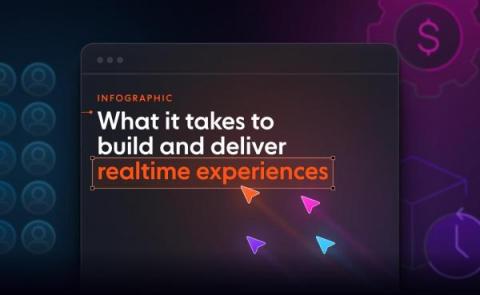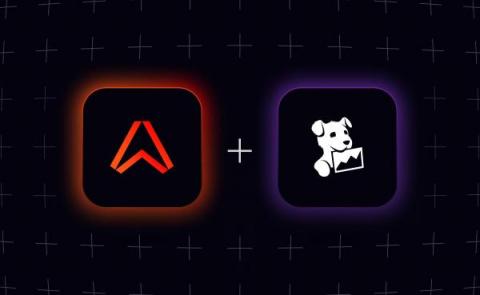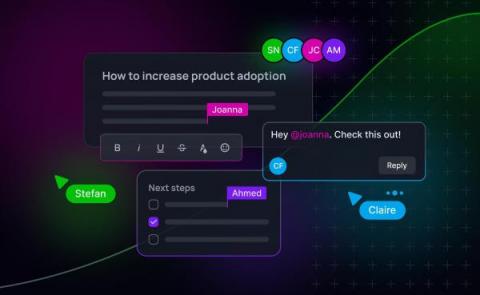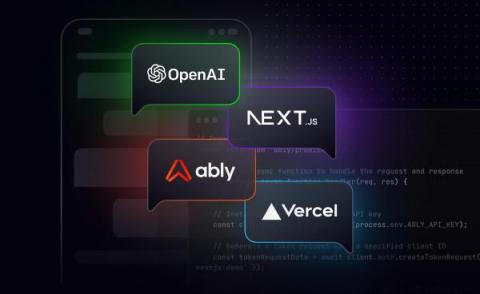Why elasticity is essential for delivering realtime updates at scale
Elasticity – the ability of software infrastructure to adapt and scale to fluctuations in usage – is an essential part of realtime updates. Elasticity is not a new problem but for realtime update systems, the challenge is different in two major ways: In a previous article, we walked through the fundamentals that comprise a successful realtime update infrastructure.











